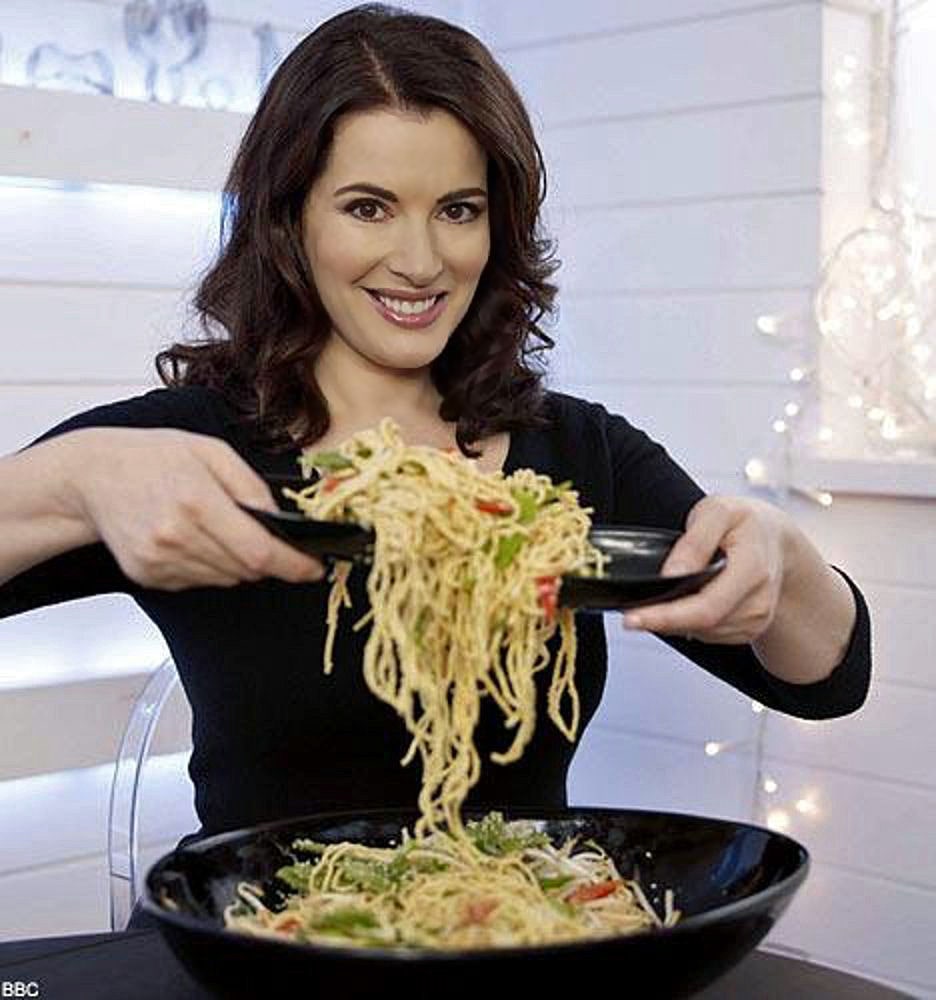
Today, the Grillo sisters were cleared at Isleworth Crown Court of a massive fraud. For much of the trial, Nigella Lawson appeared to be in the dock.

Before going any further it must be stated that the jury has spoken, and a jury verdict is final. Having said that, these two women were clearly lucky and just as clearly had obviously taken advantage of the largesse of Charles Saatchi and his then wife. Miss Lawson had described Saatchi as a brilliant but brutal man. The consensus is that she got the second part right.
In their defence, the Grillo sisters made all manner of scurrilous allegations against Miss Lawson — which are clearly not true, and others about Charles Saatchi which are beyond the scope of this article. The bottom line though is they claimed she was a cocaine addict and that in return for their turning a blind eye to this, she allowed them to run up massive spending on what were in effect company credit cards. If these claims were true — and clearly they were not regardless of the verdict — one might ask if they were not defending an allegation of fraud by dint of an admission of blackmail. So why make these allegations?
For those not terribly familiar with legal proceedings, they were made to discredit a key prosecution witness.
In a criminal trial, a guilty defendant will often make — indirectly through his counsel — false or even ludicrous allegations against a prosecution witness or victim. This applies equally in civil trials, and the Grillo sisters’ Counsel Anthony Metzer QC knows all about this 10 years on from a landmark libel case in which as plain Anthony Metzer he used the same tactics.
It is not necessary for a defendant to perjure himself, indeed he need not even testify, simply making the allegations may be enough to dupe some jurors into believing there is no smoke without fire, when in reality there is no smoke without smoke.
This is a tactic that can easily backfire. For example, in a rape trial where the only issue is consent, a defendant who attacks the credibility of his accuser in this manner may face ruin if she breaks down on the stand.
So what is the truth about Miss Lawson’s drug usage? She could have simply denied ever having used either cocaine or weed, instead she admitted that she had used cocaine twice in her life and said too that she had smoked “the odd joint”. This has the ring of truth, and to understand the context, one must look back to her first marriage.
In 1992, she married John Diamond, who was quite a character, by whom she had a daughter and then a son. In 1997, Diamond was diagnosed with cancer of the throat, which took first his tongue and then his life at the age of just 47. Shortly before he died he bought a new motorbike which he rode very fast, dismissing his wife’s concerns that he might kill himself on it.
Clearly taking cocaine was likewise on his bucket list. There are two times in his life a sane man might reasonably be expected to take cocaine: one is at the dentist; the other when he is terminally ill. So his wife joined him either at his insistence or more likely for her own reasons. She said also she had taken cocaine once during her marriage to Saatchi; many women would have considered taking something stronger if married to him — like strychnine.
As to her smoking weed, who hasn’t? There are probably more adults in this country who have smoked it at least once than who haven’t. Sure, it’s illegal, but it’s hardly the crime of the century, and Miss Lawson wasn’t on trial.
As she pointed out herself, drug addicts don’t look like her; perhaps she’d read a previous article here?
Not guilty verdict or not, her reputation has not been damaged at all by this trial, though it is clear why the jury might have had little sympathy for her. It is widely believed that the rich can buy a better brand of justice than the not-rich. This is not always the case. Indeed, as two of the defendants in the 2003 Corporate Services Group fraud trial at Croydon Crown Court discovered to their cost, the wealth of an accused — and in this case the alleged victims — may actually alienate a jury.
Whatever her domestic arrangements, it is clear the independently wealthy Nigella Lawson lived and continues to live in a style of which most people can only fantasise, while Charles Saatchi is not only wealthy beyond the dreams of avarice but clearly throws money around like confetti, including on his dubious collections of so-called art.
It is quite likely the jurors — most if not all of them — considered the Grillo sisters to have done nothing morally reprehensible, and to have been caught up in an acrimonious battle between warring spouses — whoever was in the wrong. Clearly they will have had little if any sympathy for Mr Saatchi, and indeed may have considered his humiliation by two much younger women to be a more fitting punishment than the police caution he received for assaulting his wife.
Alas, all that is speculation, because in the UK, unlike in the US, jurors do not hold court after controversial cases — they are banned from doing so. That does not however mean they are any smarter than the at times plain dumb men and women who sit on murder trials there, especially in the State of Florida.
[The above op-ed was first published December 20, 2013; the original wasn’t archived. The last sentence is a reference to the Casey Anthony murder trial, which resulted in an obviously guilty accused being acquitted by the dumbest jury ever empanelled in the State of Florida.]
Back To Digital Journal Index